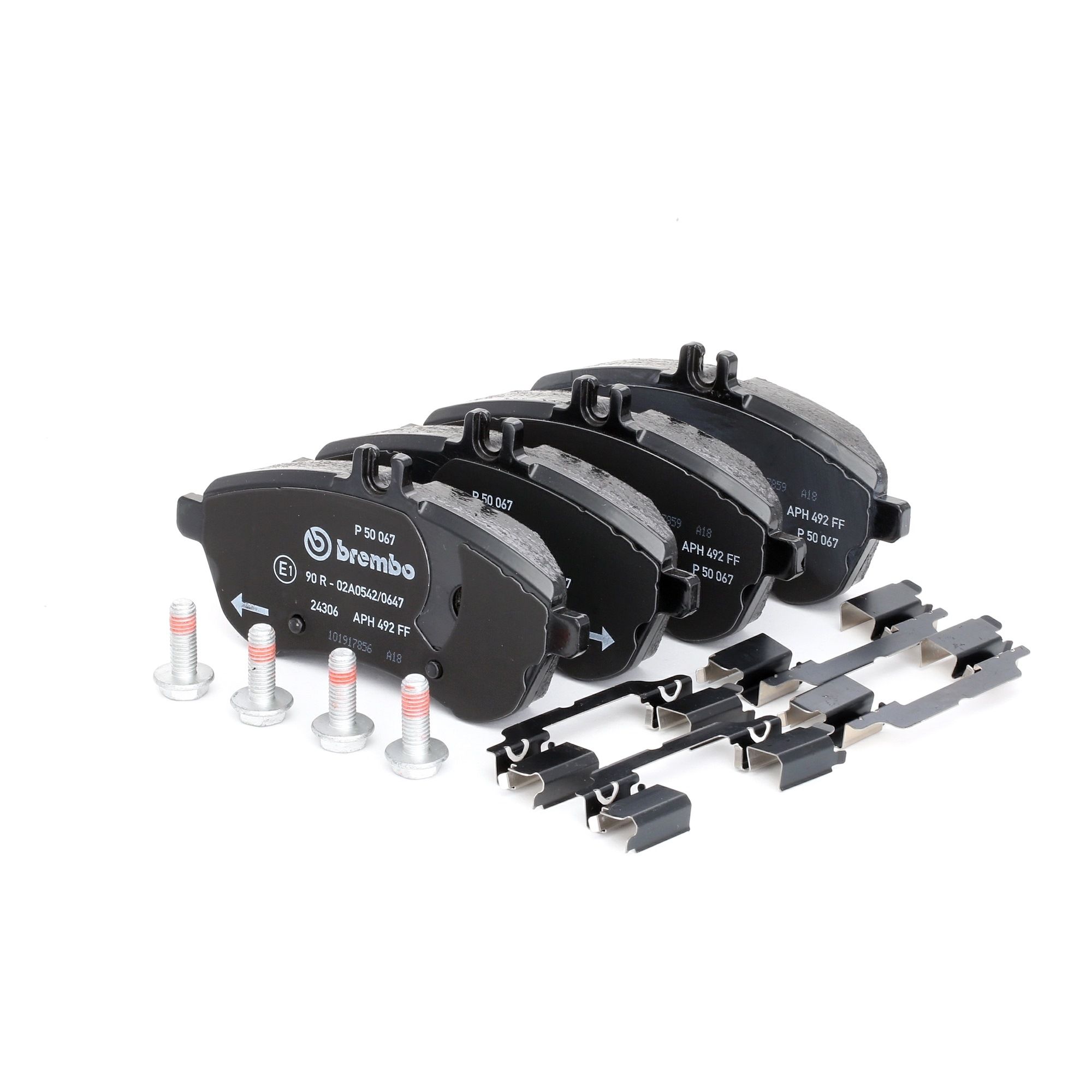Table of Contents
Brake Pads Replacement: Instructions, When to Replace, and Cost Guide
This guide covers how to change brake pads, signs indicating you need new brake pads, and the associated costs. Keep reading to ensure your car's brake system parts is in top shape and to avoid costly repairs down the line.
How to change brake pads
For tips on how to change the rear/front brake pads, refer to the guide below:
- To replace brake pads, start by removing the wheel. Loosen the wheel nuts while the car is parked on a flat surface. Raise the car with a lift or car jack and axle stands for support, and then unscrew the bolts and remove the wheel.
- Remove the brake caliper by undoing the guide pin bolt, and hang it securely. Use ties or a bungee cable to hang it safely rather than hanging it by the brake line.
- Remove the old brake pads and inspect the brake disc for damage. Make sure to remove any retainer clips that may be keeping the pads in place. If the discs are warped or heavily scored, they will need to be replaced.
- Clean the calliper carrier, apply grease, and fit the new brake pads according to the product instructions. Make sure not to get any grease on the new pad linings.
- Reattach the caliper, tightening the fastening bolts to the correct torque settings (see manual).
- Place the wheel back onto the hub and secure the wheel nuts or bolts by hand.
- Once secure, carefully lower the vehicle to the ground before fully tightening the wheel bolts/nuts using a torque wrench.
- Finally, test the brakes, topping up the brake fluid if necessary, and carefully drive to bed in the new brake pads.

Brake pad fitting: how to fit brake pads
Once you have followed the instructions on how to remove the old components carefully, you should remember the following to ensure that your brake pads are fitted properly:
- Only use brake pads that are compatible with your vehicle and calipers. They come in different sizes and designs, and they also vary depending on the axle they are made to be installed on.
- Replace all 4 brake pads on the same axle at the same time.
- Make sure to remove any rust from the calipers using a wire brush and specialised brake cleaner.
- Apply Ceratec grease to the edges and back plates of the new brake pads, avoiding the friction material before installing them.
- Insert the new brake pads into the caliper carrier, ensuring they move freely and the friction material faces the brake disc.
Is it easy to change brake pads?
If you already have some experience in car maintenance and basic mechanical skills, you should be able to perform the installation yourself. However, you will need to use some specialised tools, such as a car jack and jack stands and wheel/torque wrench. If you don’t feel confident in your skills, it is best to leave this to a professional mechanic.
Sold by AUTODOC Sold by AUTODOC Sold by AUTODOC Sold by AUTODOC Sold by AUTODOC  BREMBO Brake pad set
prepared for wear warning indicator
BREMBO Brake pad set
prepared for wear warning indicator
 BREMBO Brake pad set
prepared for wear warning indicator
BREMBO Brake pad set
prepared for wear warning indicator
 BREMBO Brake pad set
excl. wear warning contact
BREMBO Brake pad set
excl. wear warning contact
 ATE Brake pad set
prepared for wear warning indicator, excl. wear warning contact
ATE Brake pad set
prepared for wear warning indicator, excl. wear warning contact
 BOSCH Brake pad set
Low-Metallic, with acoustic wear warning
BOSCH Brake pad set
Low-Metallic, with acoustic wear warning
How long does it take to change brake pads
If you’re only replacing a set of brake pads, it should take a mechanic between 30 minutes and an hour to complete the replacement. However, this may depend on the person’s experience, the tools available, and the complexity of the model. If you’re doing it yourself for the first time, it may take longer.
How often to change brake pads
The majority of modern brake pads should last somewhere between 30,000 and 80,000 miles before they need to be replaced. The minimum pad thickness is 1.5 mm, but you should replace the parts at least when it reaches the 3 mm mark.
They’re normally fitted with an electronic or mechanical wear indicator that lets you know when the pad friction linings get too thin by displaying a warning notification or letting out a squealing sound. The replacement interval may vary depending on the quality of the pads, your driving habits (e.g. harsh braking), the driving environment, and the vehicle loads.

Brake pad and disc replacement
If you get it done professionally, it should take between 1 to 2 hours to have brake pads and discs fitted on one axle, although it may take less than that if it is done by an experienced mechanic. You may be able to save money on repairs if you carry out the replacement at home, but please make sure to follow the installation instructions carefully and test the brakes under safe conditions afterwards.
If you buy aftermarket parts online, you could pay anywhere from £12 to £100 for the pads and £30 to £200 for the brake discs. Prices will vary depending on the product brand and specific vehicle make and model. The front brake pads and discs typically cost more than the rear components.
How much to replace brake pads
In the UK, a brake pad replacement typically costs between £75 and £250 depending on the vehicle make and model, location labour costs, and type of pads. The average cost of replacing the front brake pads is around £100, whereas the average cost for new rear pads is about £70. Brake pads are usually sold in pairs and they’re replaced as a whole set to ensure even braking and wear.
Top products related to this topic:
















